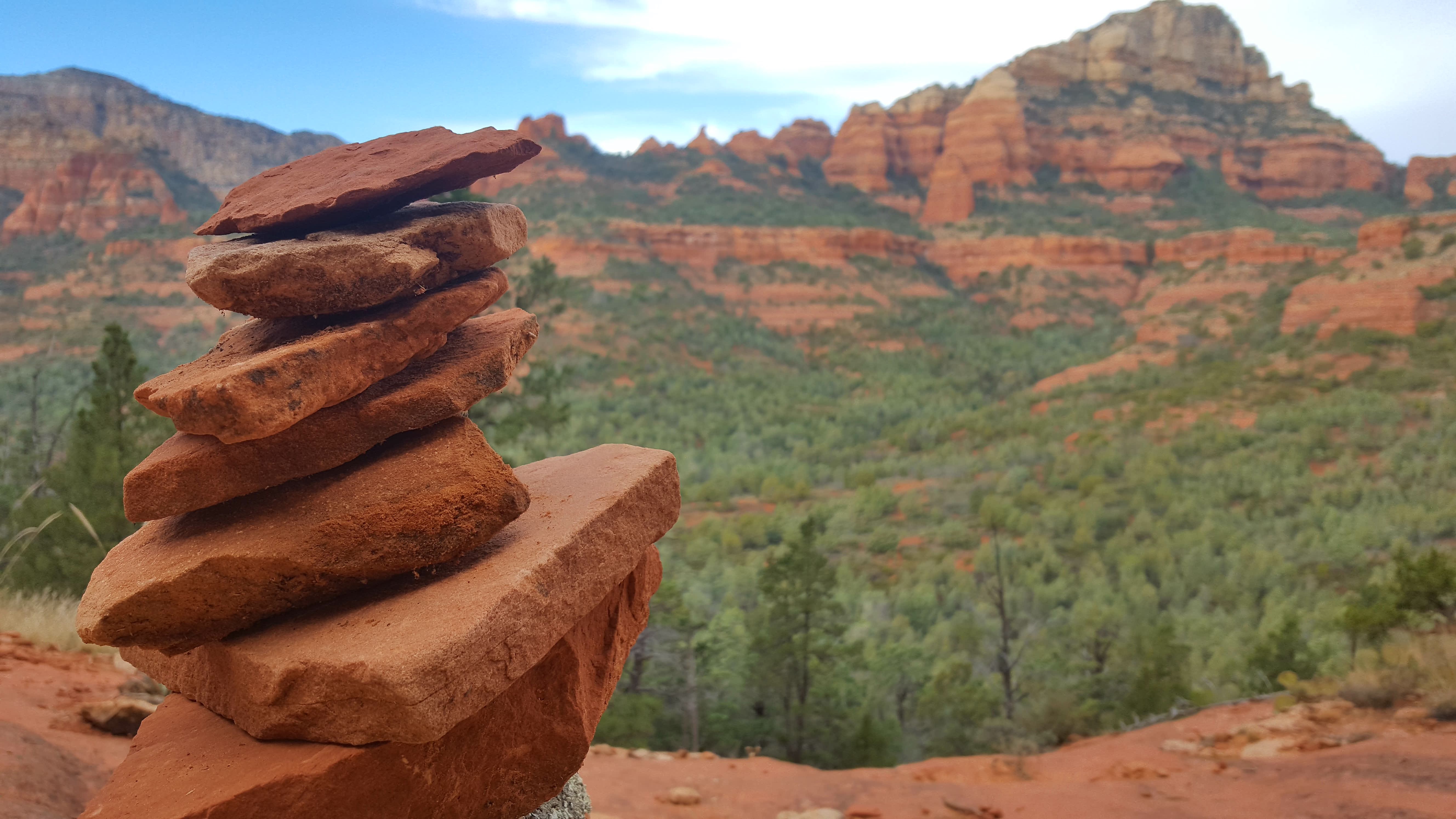

why would I want to use it?
You wouldn’t, but that’s fine with Match Group: JP Morgan[1] are loving this new monetization strategy. If they think they can get more money out of their users they will, the experience and usefulness of their app be damned. Very similar to aggressively monetized mobile games, but extra icky since they’re monetizing human relationships.
I’m sure other investment firms are pleased as well, but JP Morgan was the firm mentioned in the article ↩︎







The strong law of small numbers strikes again!